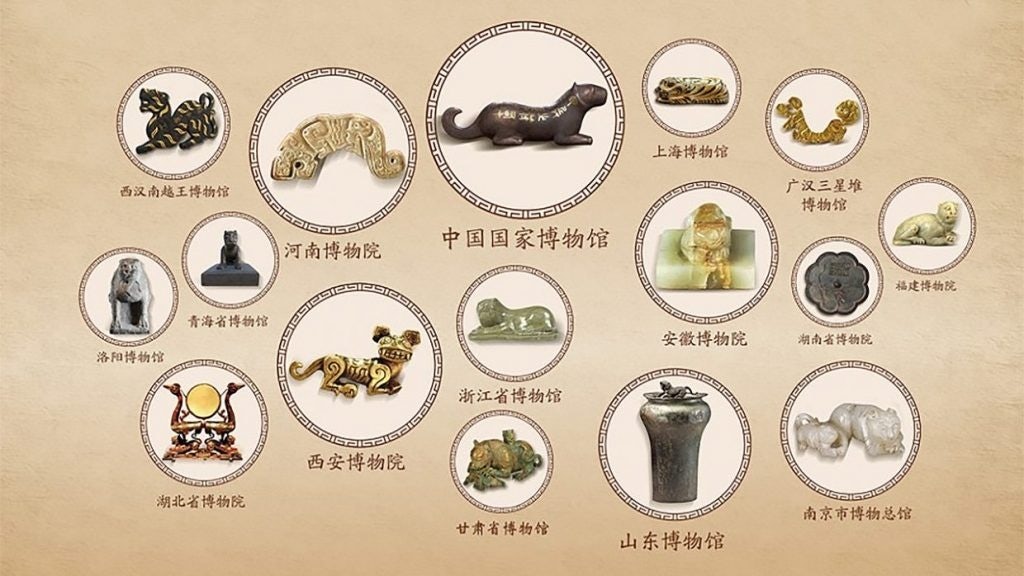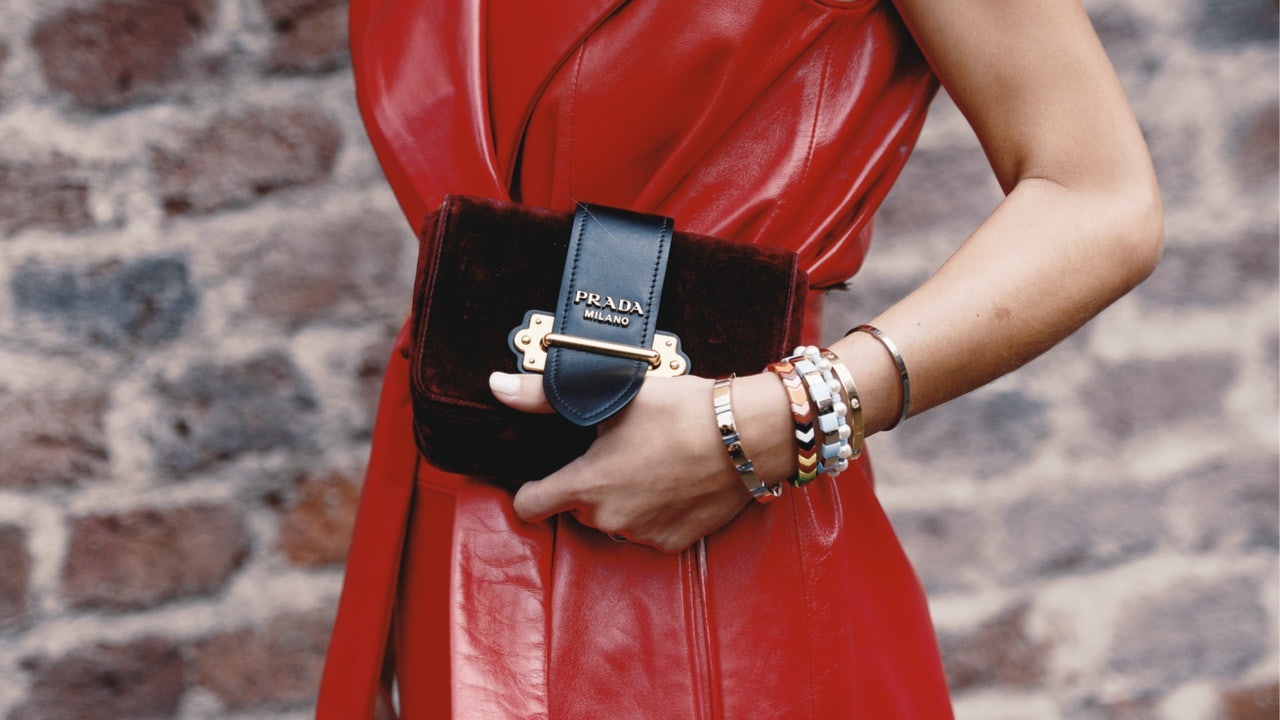China has made it no secret that the blockchain boom is incompatible with a digital world funneled through Weibo. As such, the authorities have cracked down on crypto without flinching. Domestically, Beijing has enacted a phased effort to throttle the digital currency market, eventually driving many miners overseas or underground during the last year. NFTs, however, are cautiously being embraced, using a different blockchain tech that the state can control (see the recent series of NFT collectibles that mark the Year of the Tiger by a network of museums, for instance).

One of the biggest growth areas for NFTs, of course, is through luxury brands — but not just by selling virtual goods in the metaverse. They can act as unhackable digital watermarks to stem the brand-damaging tsunami of counterfeits that have beset the luxury industry over recent decades. For the first time, luxury handbags or shoes can have a provenance like an Old Master painting. “Many luxury Maisons are already looking into using blockchain from an authentication standpoint and also from a supply chain and sustainability perspective,” says Cathy Hackl, nicknamed the “Godmother of the Metaverse” and a pioneer in the space; she points to firms like Lukso who offer NFTs for that purpose.
In China, where blockchain is under such scrutiny, the intersection of NFTs and luxury goods will be most evident. It isn't just a huge market for luxury goods — take your pick on stats — but also a producer, too. Balenciaga's phenom, the Triple S Sneaker? It’s “Made in China” now, for example. And, of course, China's factories are also the prime source of fakes those NFTs aim to eliminate, largely thanks to that production shift (by one estimate, 86 percent of counterfeit goods worldwide originate there). The gray market, an informal economy of the country, includes so-called “superfakes,” or items stolen from production lines that get sold via illegal channels.
So how does China react when Prada and others start trying to clamp down on this leakage by using the same decentralized technology that Beijing distrusts and is trying to control? Does the focus of manufacturing there preclude big-name brands from mass adoption of loss-preventing NFTs? Cathy Hackl thinks it might. Or, more precisely, it could force them to tag a good with an NFT at the point of sale rather than at its origin, by which time there's already been ample opportunity for bait and switch, rendering such assurances all but pointless.
China sanctions could force luxury brands to tag a product with an NFT at the point of sale rather than at its origin, by which time there's already been ample opportunity for counterfeiting.
There's an unseen danger for China's factories in that very attempt at control, too, she also warns. And there could soon be a premium for goods that can be tagged as soon as they leave the production line, for instance, with Hackl asking: “Would we trust a luxury product's authenticity more if it was bought in a country that allows it to get tagged to the blockchain more than an item that was not?"

